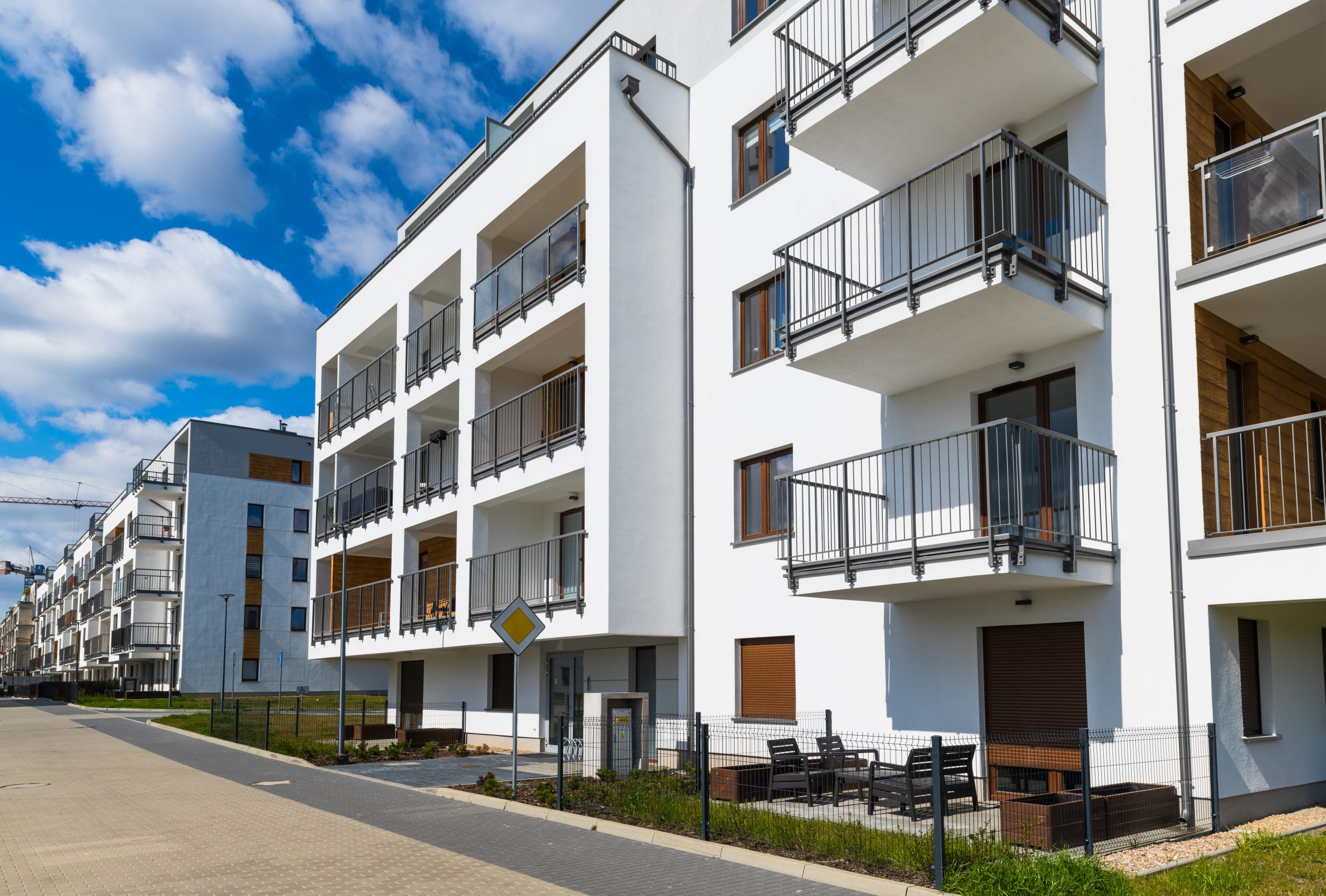A recent Supreme Court judgement in Fearn and Others v Board of Trustees of the Tate Gallery could have a large impact on the analysis of competing uses of land in an increasingly crowded world. However, a number of questions remain unanswered following the judgement and only time will tell how significant this judgement will have been.
Case background
In June 2016 a public viewing gallery was opened on the top floor of the Tate Modern Gallery in London following a new extension. The appellants’ flats are located nearby, and with walls of their property mainly made of glass, they felt their living arears were under constant observation from visitors to the Tate’s viewing gallery.
Initially the appellants pursued an injunction in February 2017 requiring the Tate Gallery to prevent the public from viewing their flats from the viewing gallery, or alternatively an award for damages. However, at trial the judge concluded that the intrusion experienced by the appellants did not amount to a nuisance, as the judge deemed the appellants to be ‘responsible for their own misfortune’, because their walls are made of glass and because they could take remedial measures, such as lowering their blinds.
Upon appeal, the Court of Appeal dismissed the appeal on the ground that ‘overlooking’, no matter how harsh, cannot in law count as a ‘nuisance.
Supreme Court judgement
The majority in the Supreme Court found for the appellants, with the decision largely based upon the ‘rule of give and take’ between neighbours, and the importance of whether the use complained of was ‘a common and ordinary use’. The Supreme Court judge believed that the trial judge applied the wrong legal test, by looking at the ‘reasonableness’ of the Tate’s use of it’s land, rather than asking whether it is ‘a common and ordinary use’, of which the judge found the viewing gallery is not. The Supreme Court judge also overturned the Court of Appeal’s decision stating ‘the notion that visual intrusion cannot constitute a nuisance is not supported by precedent’. Based upon this, the case has now been remitted to the High Court to determine an appropriate solution.
Conclusion
Whilst admittedly we’re writing about this case due to it being rather high profile, which is mainly due to the involvement of the Tate Modern Gallery, it is unlikely to be the most impactful of cases we review. This is because it’s extremely unlikely many future nuisance cases will be in relation to something as obviously uncommon and unordinary, as a viewing platform on the Tate Modern Gallery. However, this case does clarify that the common law of nuisance can apply to visual intrusion, but that ‘common and ordinary’ use of properties should not be subject to such claims.
It remains to be seen whether the decision in this case will be binding and therefore referenceable in the future. Additionally, the finances required to fund a case like this are large, so it is unlikely that we will see a number of similar cases going ahead. Finally, the Supreme Court’s decision does suggest that anything not deemed to be ‘common and ordinary’ could be open to challenge, which may lead to future discussions around what can be categorised as this. For example, could security cameras be deemed a ‘visual intrusion’ or balconies in general, or maybe even roof top bars, only time will tell.




